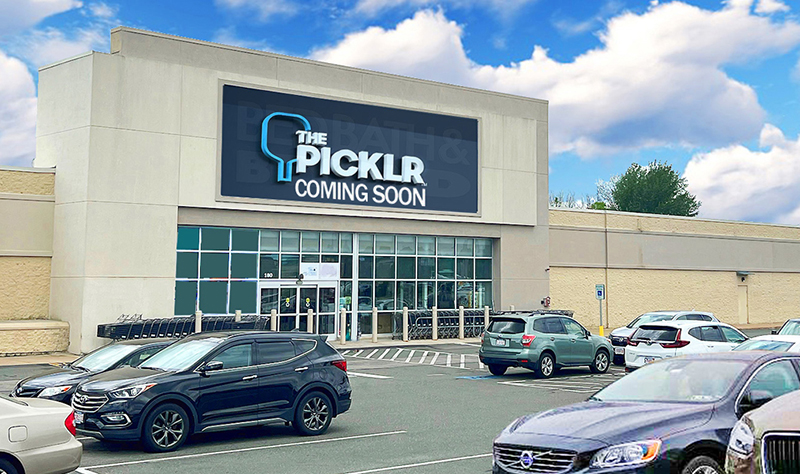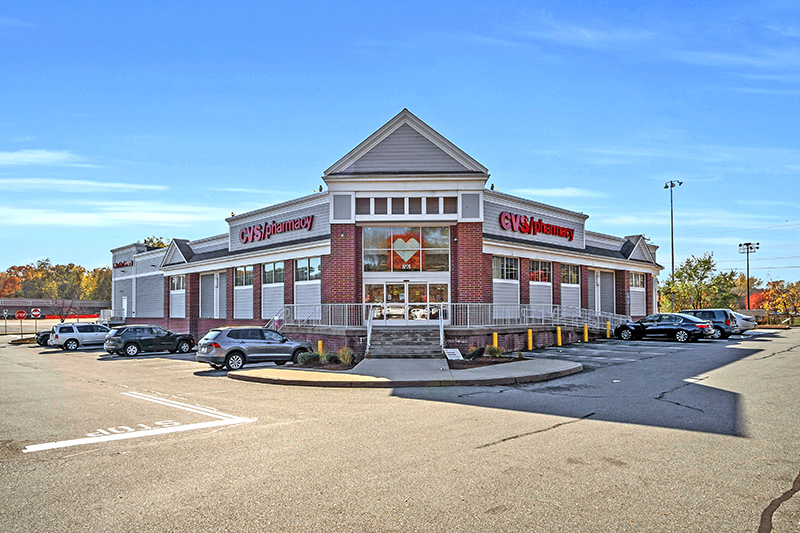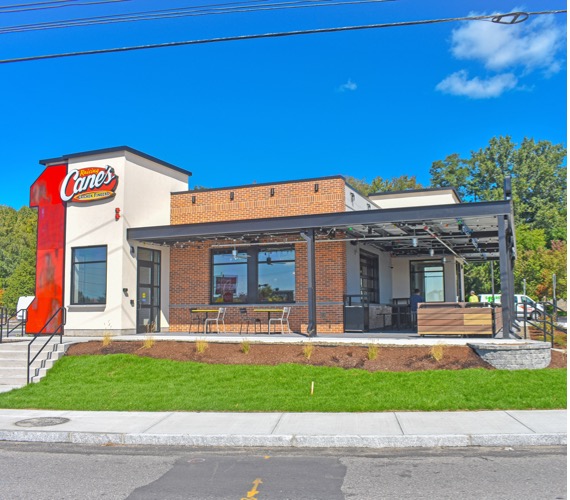News: Retail
Posted: January 23, 2008
Innovations in lifestyle centers: Meeting the development and leasing challenges
Lifestyle centers are taking America by storm. The International Council of Shopping Centers (ICSC) estimates the number of centers has doubled over the last three years, and that by 2011 there will be a 53% increase in the total number of lifestyle centers in the nation. Why? Perhaps because people feel nostalgic toward open-air "downtown" shopping, or perhaps it's due to the popularity of "smart growth" strategies promoting compact, walk-able land use. Whatever the reason, the popularity of lifestyle centers is driving growth and innovation that is in turn creating new opportunities and challenges in the way that leases are negotiated and structured, both for developers and tenants.
Lifestyle Centers "Growing
Up" in Urban Areas
The average lifestyle center built prior to 2002 was 330,237 s/f, those built after 2004 are an average of 544,266 s/f and ICSC data shows this trend will continue in years to come.
The demand for bigger lifestyle centers poses problems for developers in the Northeast where real estate is at a premium. Further, in order to accommodate the push for "smart growth," different uses are being incorporated into these developments, such as office and residential, to offer people the opportunity to shop, work, play, and live in the same area.
Ownership in mixed-use lifestyle center developments is often divided among a number of different parties. One party might own and develop the retail component, another, the office component, and yet another, the residential component. Dividing up ownership of horizontal lifestyle centers is relatively easy because of the traditional subdivision and platting mechanisms. Vertical developments, however, are another matter.
While some jurisdictions have codified processes for vertically subdividing land, others have not. That leaves "condominiumization" as an alternate method for creating different ownership interests. Developers must be certain that their condominium declaration takes into account the different interests of the residential and commercial owners and occupants. In many cases, separate boards of managers should be established for each part of the project, with a master board of managers to coordinate and control shared amenities.
Moreover, in some jurisdictions, condominiums cannot be created until the shell of the structure is constructed. This creates challenges for the parties in obtaining construction financing on a mixed-use project because ownership cannot be divided until the shell is constructed. This will leave one of the parties with the construction responsibilities and liabilities, unless all parties enter into a joint venture agreement with respect to the initial ownership, management, and control of the project. In that case, and especially in today's credit environment, each joint venture partner will likely be required to guarantee the entire construction loan. Once the shell is constructed, the project can be submitted to a condominium regime and separate ownership can be established and separate, permanent financing can be put in place.
A Mixing Bowl of
Tenant Interests
Because tenant mix is the raison d'etre for a lifestyle center, both developers and tenants actively seek to manage this mix through various heavily negotiated lease provisions. From the developer's perspective, the developer wants to exert more control than in a typical open air center to assure a tenant and merchandising mix that is consistent with a lifestyle center. As a result, the developer will seek to limit the term of the tenants' leases and provide for early termination rights to remove tenants who do not perform adequately. The developer will also seek to limit a retailer's permitted use and insist on trade name requirements, which will in turn restrict a retailer's ability to assign and sublease.
Enter Department Stores
In the beginning, lifestyle centers were full of upscale and small or boutique retailers. Today, department stores and big box retailers want in the game. These anchors can be a welcome addition to the lifestyle center, but they come at a cost - both to the developer and the retailer.
Although department stores have made great strides in adapting to this new environment, most agree that these stores are not architecturally harmonious with the upscale nature of the lifestyle center and these retailers are usually unwilling to cover all of the costs required to make the necessary upgrades. Thus, early dialogue between the developer and the department store is crucial to make clear who will bear these additional costs.
Conclusion
Despite these challenges, lifestyle centers are here to stay. With thoughtful planning at the initial stages of development and careful attention to lease negotiation, these centers will continue to thrive and provide people with a fun place to shop, work, play and also make a home if they so choose.
David Rabinowitz is co-chair at Sutherland Asbill & Brennan, LLP, New York, NY.
Tags:
Retail
MORE FROM Retail
Mace of KeyPoint Partners negotiates 36,192 s/f lease for The Picklr at Endicott Square
Danvers, MA KeyPoint Partners (KPP) negotiated a lease with the nation’s premier indoor pickleball venue The Picklr at Endicott Sq. Vice president of retail brokerage Don Mace negotiated the transaction on behalf of the landlord.

Quick Hits




.jpg)


